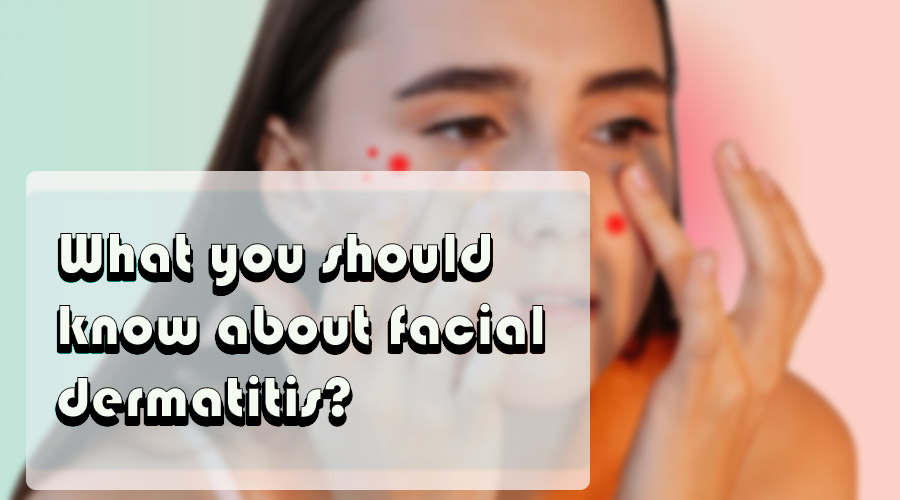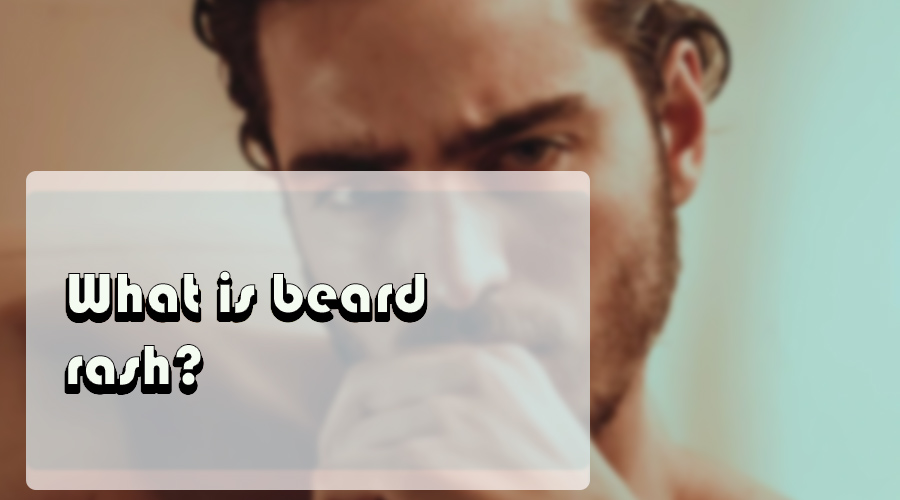Facial or perioral dermatitis is a skin condition that affects the face and can be very itchy. There are many different types of perioral dermatitis, and they can all cause pain and inflammation. This skin condition can also lead to scarring if it’s not treated properly.
Some common causes of the skin condition include: eczema, rosacea, psoriasis, seborrhea, atopic dermatitis, contact dermatitis, and fungal overgrowth. If you think you may have the symptoms, see your doctor for an evaluation perioral dermatitis treatment.
Contents
What is perioral dermatitis?
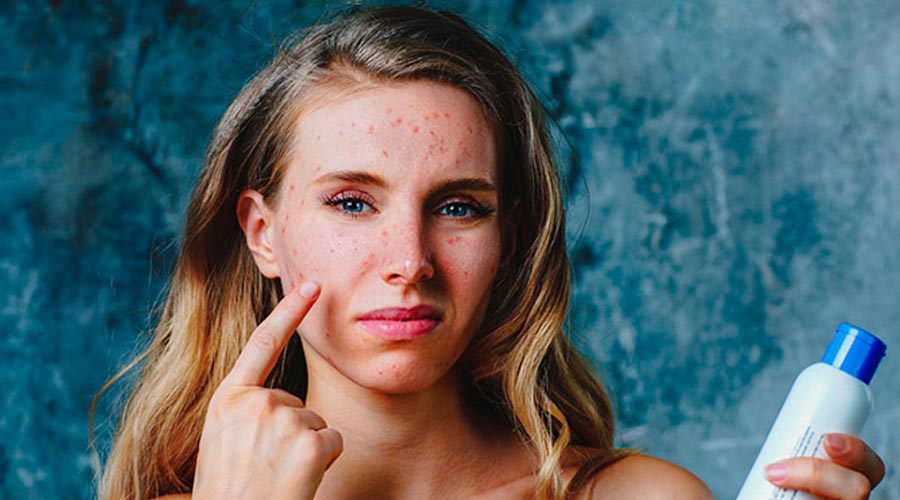
Perioral dermatitis, or perioral dermatitis syndrome (PDS), is a skin condition that affects the face and neck. The cause of PDS is unknown, but it may be caused by an allergic reaction, sun exposure, poor hygiene, or genetics.
PDS is characterized by redness, inflammation, and peeling in the area around the mouth. It can be severe and require treatment with topical medications and/or surgery. PDS is common in adults and can often lead to cosmetic issues such as discoloration or scars. Proper diagnosis is essential for successful treatment.
What causes perioral dermatitis?
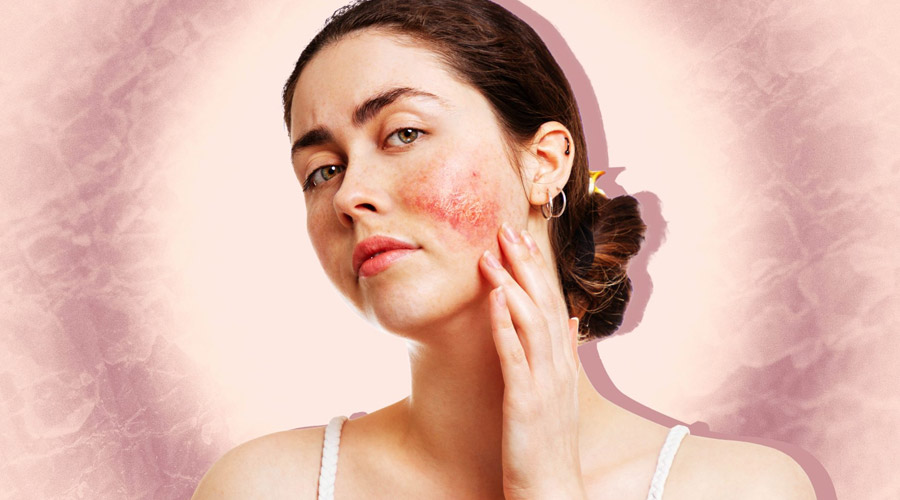
Perioral dermatitis, or a skin condition of the perioral area, is a common skin condition that affects people of all ages. The cause of perioral dermatitis is unknown, but it is believed to be caused by various anavar cycle factors, such as exposure to environmental allergens and contact with irritants.
Perioral dermatitis can affect people in different ways, and it can be extremely difficult to treat. If you are experiencing perioral dermatitis, it is important to see a doctor as soon as possible so you can start treating perioral dermatitis as soon as possible.
What are the symptoms of perioral dermatitis?
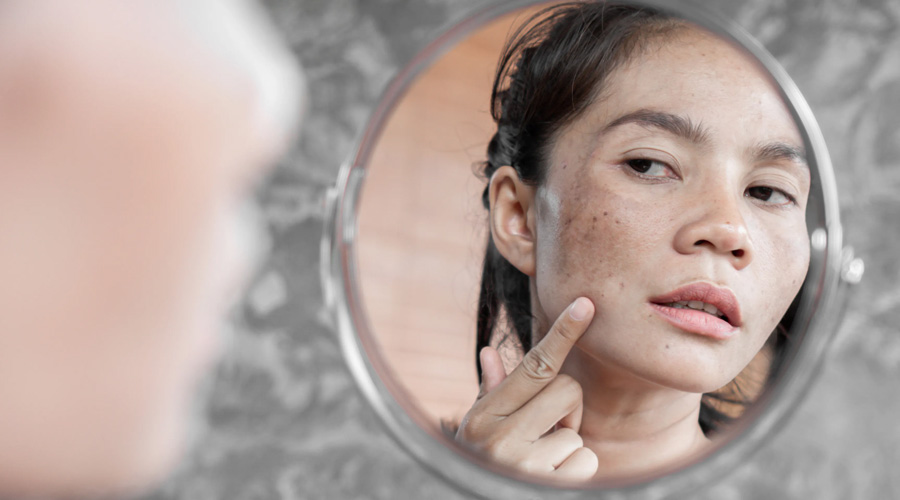
Facial or perioral dermatitis is an inflammation of the skin on the face. The most common symptoms are redness and swelling around the mouth, chin, and nose.
Other symptoms may include itching, burning, and scaling. Treatment typically involves topical ointments or antibiotics.
Who is at risk of getting perioral dermatitis?
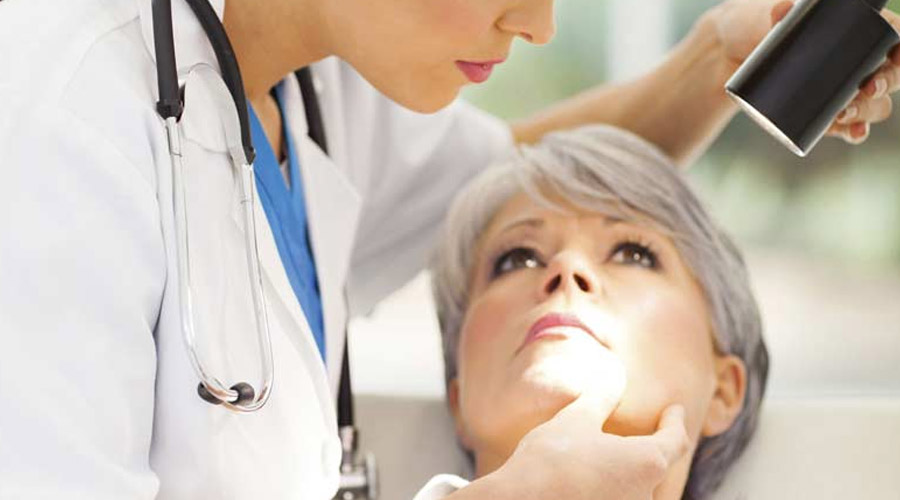
The condition is also more common in people who are overweight or have other risk factors for skin cancer. Treatment typically involves the use of topical medication and/or surgery.
How is facial dermatitis diagnosed

There are a few different ways to diagnose facial dermatitis. Your doctor may perform a physical examination, take your medical history, or perform a skin test.
If you have facial dermatitis, your doctor may prescribe an antibiotic or anti-inflammatory cream. If the condition is mild, topical treatments may be all that’s needed to get your skin healed and looking better.
However, if the dermatitis is more severe or persistent, your doctor may prescribe oral antibiotics or surgery to remove the lesion.
What are the treatment options for facial dermatitis?
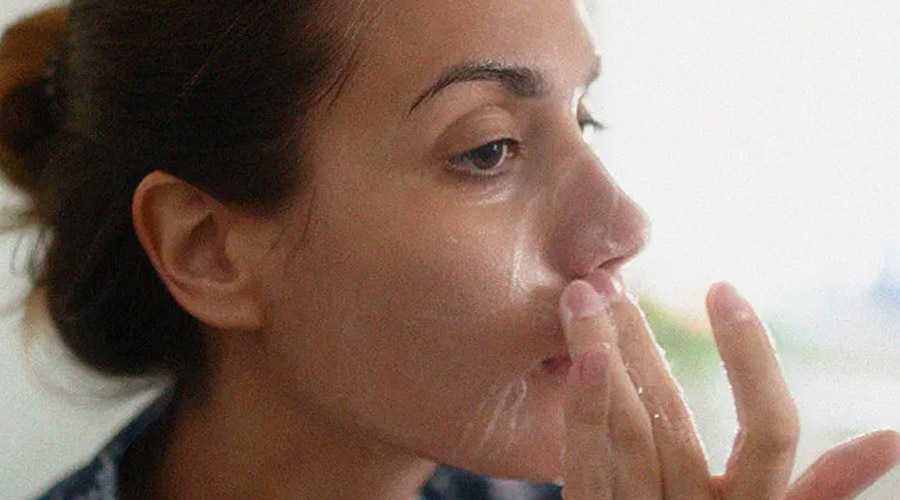
Treatment options vary depending on the severity of the condition. Some people may need topical medications or creams to relieve symptoms. Others may need to see a doctor for prescribed treatments and taking medications.
Ultimately, most people with facial dermatitis find relief through continuous treatment over time.
Prescription medications
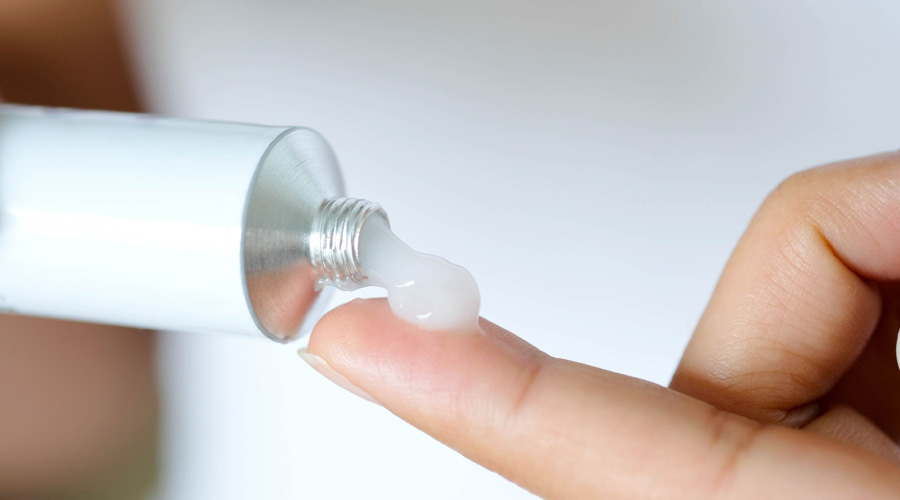
Prescription medications are the most commonly prescribed type of treatment for perioral dermatitis. There are many different options available, depending on the severity and location of dermatitis.
The most common types of medication are corticosteroids, oral antibiotics, avoiding topical steroids, and calcineurin inhibitors. Corticosteroids work by reducing inflammation and redness. Calcineurin inhibitors work by stopping the growth of cells that cause inflammation.
Both types of medication can be used in combination with other treatments, such as topical creams or antibiotics. It is important to discuss all treatment options with your doctor so that you can choose the best option for your situation.
Diet and lifestyle changes
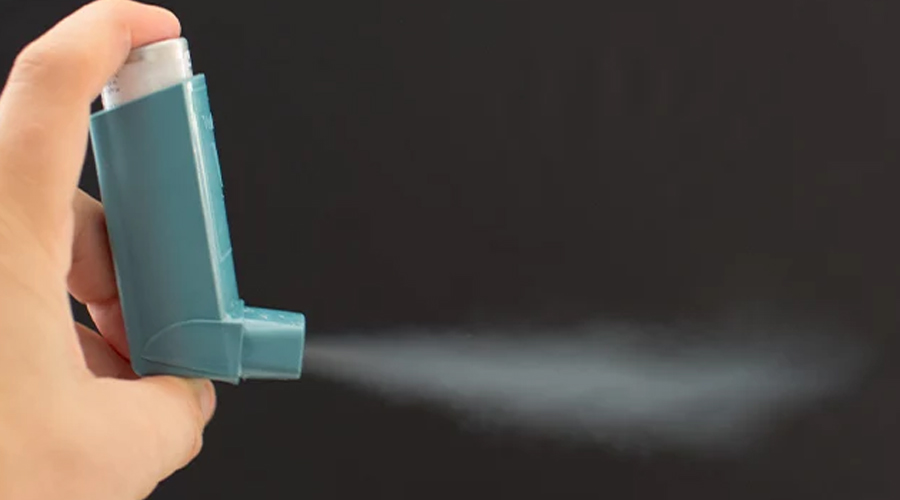
Perioral dermatitis is a skin condition that can be caused by a variety of factors including sun exposure, harsh detergents, and allergies. Treatment options for perioral dermatitis vary depending on the severity of the condition.
Some common treatments include topical medications, corticosteroids, and anti-inflammatory agents. In some cases, surgery may also be necessary to correct the underlying cause of perioral dermatitis.
What are the risk factors for facial dermatitis?
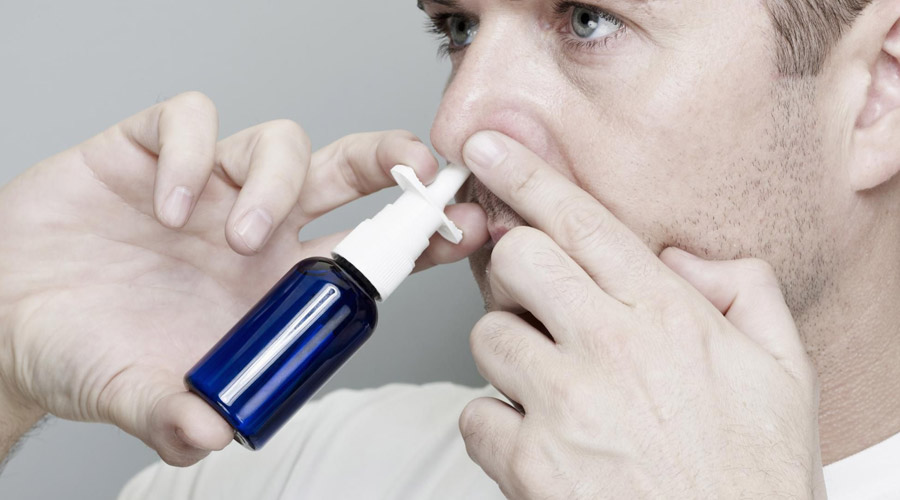
There are a number of risk factors for perioral dermatitis, including:
- Having a family history of the condition
- Having allergies to certain foods or chemicals
- Having a weakened immune system
- Being exposed to excessive sun exposure
- Using harsh skincare products
Can perioral dermatitis becomes rosacea?
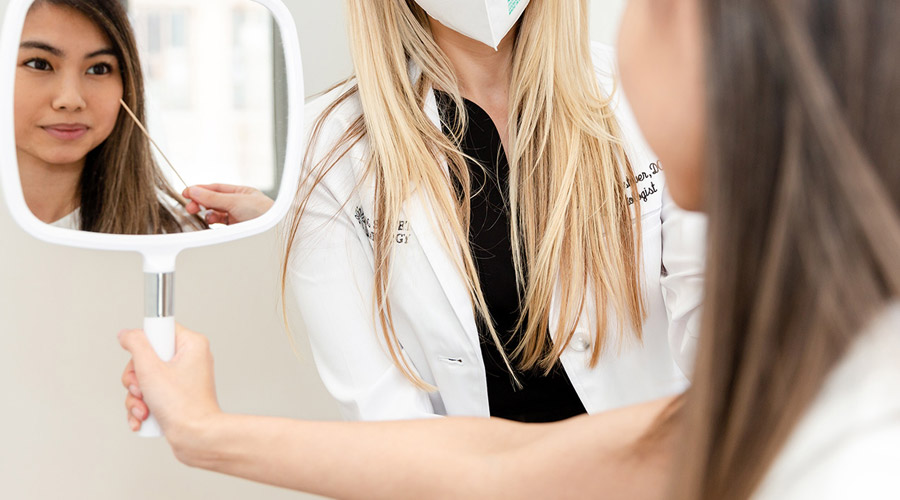
Perioral dermatitis is a common skin condition that can develop into rosacea. The two conditions share some common features, including inflammation and redness around the nose and cheeks.
However, perioral dermatitis is less likely to cause permanent damage than rosacea, and there’s no known cure for either condition.
Treatment focuses on relieving symptoms and preventing the development of further complications. A topical steroid should be avoided at all times, but if prescribed, should be used with caution.
How can I prevent perioral dermatitis?
Perioral dermatitis is a common skin condition that causes red, sore, itchy patches around the mouth. There are many ways to get rid of perioral dermatitis, like using a topical steroid but only if recommended, and you can use any of these methods in combination with one another. Here are some tips:
Avoid topical steroids
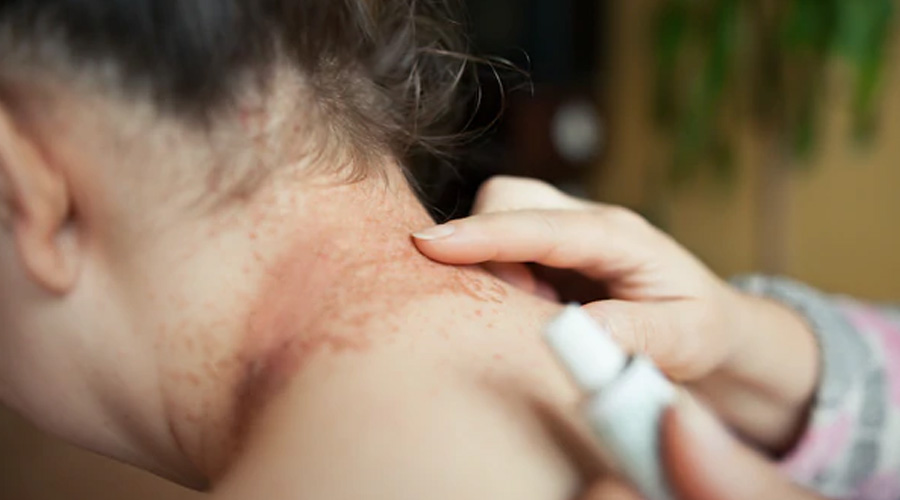
If you are experiencing perioral dermatitis, there are several things that you can do to help prevent it from getting worse. One of the most important things that you can do is to avoid topical steroids, as they are known to increase the risk of developing the condition.
Another thing that you can do to help prevent perioral dermatitis is to keep your skin clean and hydrated. This will help reduce the amount of inflammation that exists in the skin, even without using topical steroids, which will in turn reduce the likelihood of developing perioral dermatitis.
Finally, make sure that you take adequate pain relief measures if your perioral dermatitis does get worse. Avoid applying too many topical steroids because it can worsen your condition. This will help reduce any discomfort that you may be feeling and will also help speed up the healing process.
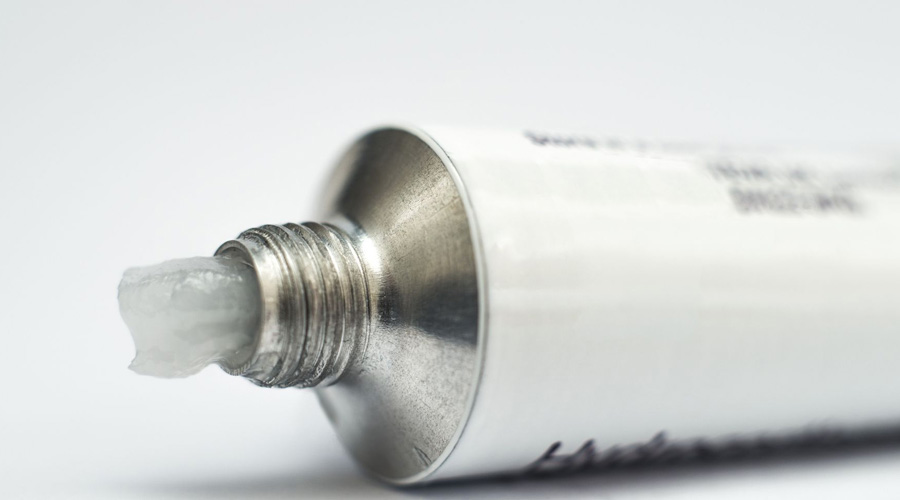
Protect your skin

Avoid stress.
Stress can aggravate perioral dermatitis by making the skin more sensitive to the environment. Try to relax before bedtime and during periods of high stress in your life.
Use sunscreen every day.
Every day, use sunscreen to protect your skin from the sun’s harmful rays. Use sunscreen with a protection factor of 30 or higher and apply it generously to all exposed areas of your skin.
Sunscreen can help prevent perioral dermatitis (preexisting dryness and inflammation of the skin around the mouth). If you experience perioral dermatitis, make sure to see your doctor for treatment.
Keep your mouth clean.
Clean your teeth and gums regularly and make sure to brush your tongue regularly. If you eat foods that cause plaque (fruits, vegetables, hard cheese), put them in a separate container and eat them later when your mouth is less dry.
Use cosmetics with caution

The use of cosmetics is a popular trend. According to the American Academy of Dermatology, people use cosmetics to improve their appearance and feel better about themselves. However, there are some risks associated with the use of cosmetics.
One risk is perioral dermatitis, which is an inflammation of the skin around the mouth. If you are using cosmetics and your skin becomes irritated or red, stop using them and see your doctor.
Conclusion
In conclusion, perioral dermatitis is a condition that can cause a lot of discomfort for those who suffer from it. There are many different causes of perioral dermatitis, and the condition can manifest in a variety of ways.
While there is no one definitive cure for perioral dermatitis, there are many treatments that can help alleviate the symptoms. Avoid stress, topical steroids and putting on too much makeup.
If you think you may have perioral dermatitis, be sure to see a doctor for diagnosis and treatment.
FAQ
What does dermatitis on the face look like?
Dermatitis, also known as eczema or dermatitis herpetiformis, is a common skin condition that causes red, itchy, and inflamed patches on the face, neck, and arms.
Dermatitis can be mild or severe and can be difficult to treat. In severe cases, dermatitis can lead to scarring and impairment of skin function.
The most common cause of dermatitis is the overuse of topical medication such as corticosteroids or anti-inflammatory drugs.
Other causes include contact with dander (fungus), environmental factors (moisture and humidity), and certain foods (pumpkin seeds).
Dermatitis on the face typically presents with red, inflamed patches that may blister and crust. The patches may itch intensely and may spread easily to other areas of the skin.
How do you treat dermatitis on the face?
There are several ways to treat dermatitis on the face. The most effective approach is usually a combination of treatments that addresses the underlying cause of the dermatitis.
This may include using anti-inflammatory medications, cooling creams, and topical corticosteroids.
If these treatments fail to improve symptoms or if they produce serious side effects, more aggressive treatment options may be necessary.
What causes facial dermatitis?
When it comes to facial dermatitis, there are many potential causes. These can include environmental factors, skin sensitivity, and even genetics. However, the most common cause is skin irritation.
This can be caused by a variety of factors, including cosmetics, fragrances, and environmental allergens. If the irritation is chronic or recurrent, it can lead to facial dermatitis.
Is perioral dermatitis a fungal infection?
Perioral dermatitis (PD) is a common skin infection that can affect any part of the face. PD is most commonly caused by fungal growths, but it can also be caused by other types of infection.
To determine whether PD is caused by a fungus, your doctor will perform a skin examination and may take a sample of the pus to test for fungus.
If fungus is found, treatment with antifungal medication may be necessary. However, many people with PD don’t actually have fungus. So it’s important to consult with your doctor to determine the cause of your symptoms before assuming they’re due to fungus.
What foods trigger perioral dermatitis?
Perioral dermatitis, or inflammation of the skin around the mouth, is a common problem. The causes are unknown, but it appears to be triggered by certain foods and may be worsened by exposure to certain chemicals.
Some of the most common foods that seem to trigger perioral dermatitis include chocolate, nuts, dairy products, and spices.
Some people also report that exposure to chlorine or other harsh chemicals can aggravate the condition.
If you experience perioral dermatitis, consulting with your doctor is the first step in figuring out what’s triggering the symptoms and finding a solution.

